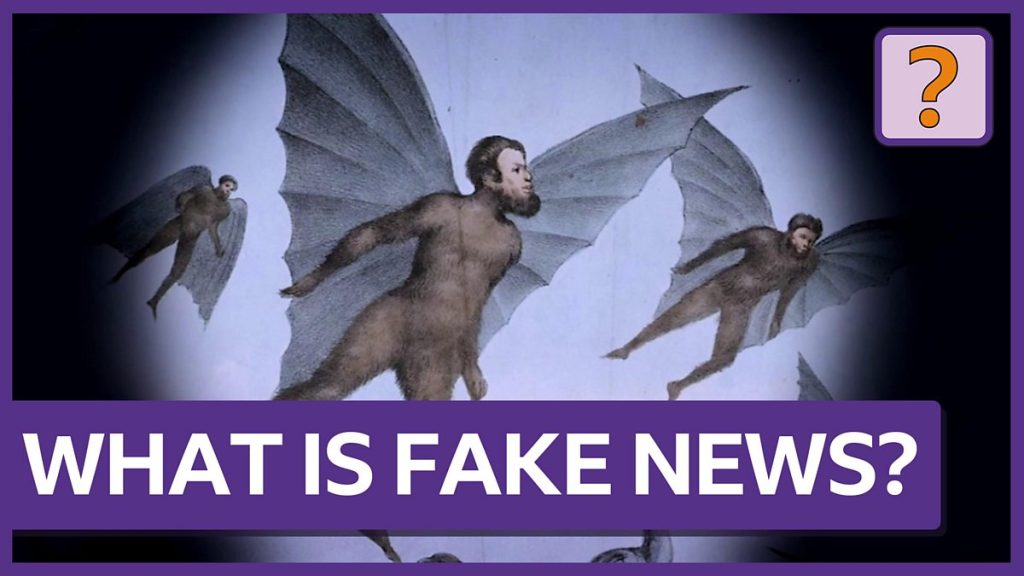The Rise of Printed News and the Genesis of Fake News in the 18th Century
The 18th century witnessed a significant transformation in the dissemination of information, largely due to advancements in printing technology. While the invention of the Gutenberg printing press in the 15th century had already laid the foundation for mass communication, the 18th century saw its impact truly blossom. This era marked a shift from handwritten manuscripts, painstakingly copied and limited in reach, to mechanically produced printed materials, enabling wider distribution and faster transmission of news and information. However, this revolutionary technology also inadvertently paved the way for the spread of misinformation, laying the groundwork for what we now recognize as "fake news." The very tools that democratized access to knowledge also facilitated the proliferation of falsehoods, blurring the lines between fact and fiction and presenting a new set of challenges to an evolving society.
The reign of King George II of Great Britain and Ireland in the mid-18th century provided a stark illustration of the nascent power of fake news. Facing a rebellion that threatened his authority, the King’s image as a strong and unwavering leader was paramount to maintaining control and quelling the uprising. Exploiting the burgeoning power of the printing press, rebel factions strategically disseminated fabricated stories alleging the King’s ill health. These strategically crafted narratives aimed to undermine public confidence in his leadership, sowing seeds of doubt and potentially weakening his support base. The speed and efficiency with which these false reports were reproduced and circulated highlighted the potent combination of the printing press and malicious intent.
The propagation of these fabricated accounts of King George II’s health underscores the inherent vulnerability of a society grappling with a newly empowered mode of communication. The nascent printing industry lacked the established mechanisms for fact-checking and verification that we take for granted today. Printers, eager for compelling stories to attract readership, often reprinted sensationalized accounts without rigorous scrutiny, contributing to the rapid dissemination of misinformation. This unchecked flow of false narratives had a demonstrable impact on public perception, potentially eroding the King’s authority and fueling the flames of rebellion. While the rebellion ultimately failed, the episode served as a potent example of the potential of fake news to manipulate public opinion and destabilize established power structures.
The parallels between the spread of fake news in the 18th century and the contemporary information landscape are striking. In the digital age, the internet and social media platforms have become the modern equivalents of the printing press, accelerating the dissemination of information, both accurate and fabricated, on an unprecedented scale. The ease with which information, regardless of its veracity, can be shared and amplified online creates a fertile ground for the proliferation of fake news. Just as 18th-century printers often republished information without verification, today’s social media users frequently share articles and posts without critically evaluating their authenticity.
This phenomenon is further exacerbated by the "echo chamber" effect, where individuals are primarily exposed to information that confirms their existing biases, creating a reinforcing loop that strengthens pre-existing beliefs and makes individuals more susceptible to misinformation that aligns with their worldview. Furthermore, the anonymity afforded by the internet can embolden malicious actors to spread disinformation without fear of immediate accountability. The decentralized nature of online platforms also makes it challenging to trace the origins of fake news and effectively combat its spread.
The case of King George II serves as a historical precedent, highlighting the enduring challenge of managing the spread of misinformation in an era of rapidly evolving communication technologies. While the methods of dissemination have changed dramatically, the underlying principles remain the same: the exploitation of a new technology for malicious purposes, the vulnerability of the public to manipulated narratives, and the difficulty of controlling the flow of false information once it has been released. Just as the 18th century grappled with the implications of the printing press, the 21st century faces the task of navigating the complexities of the digital age and mitigating the harmful effects of fake news. The need for critical thinking, media literacy, and robust fact-checking mechanisms is more crucial than ever to ensure that the democratizing power of information technology is not overshadowed by the insidious spread of misinformation.


